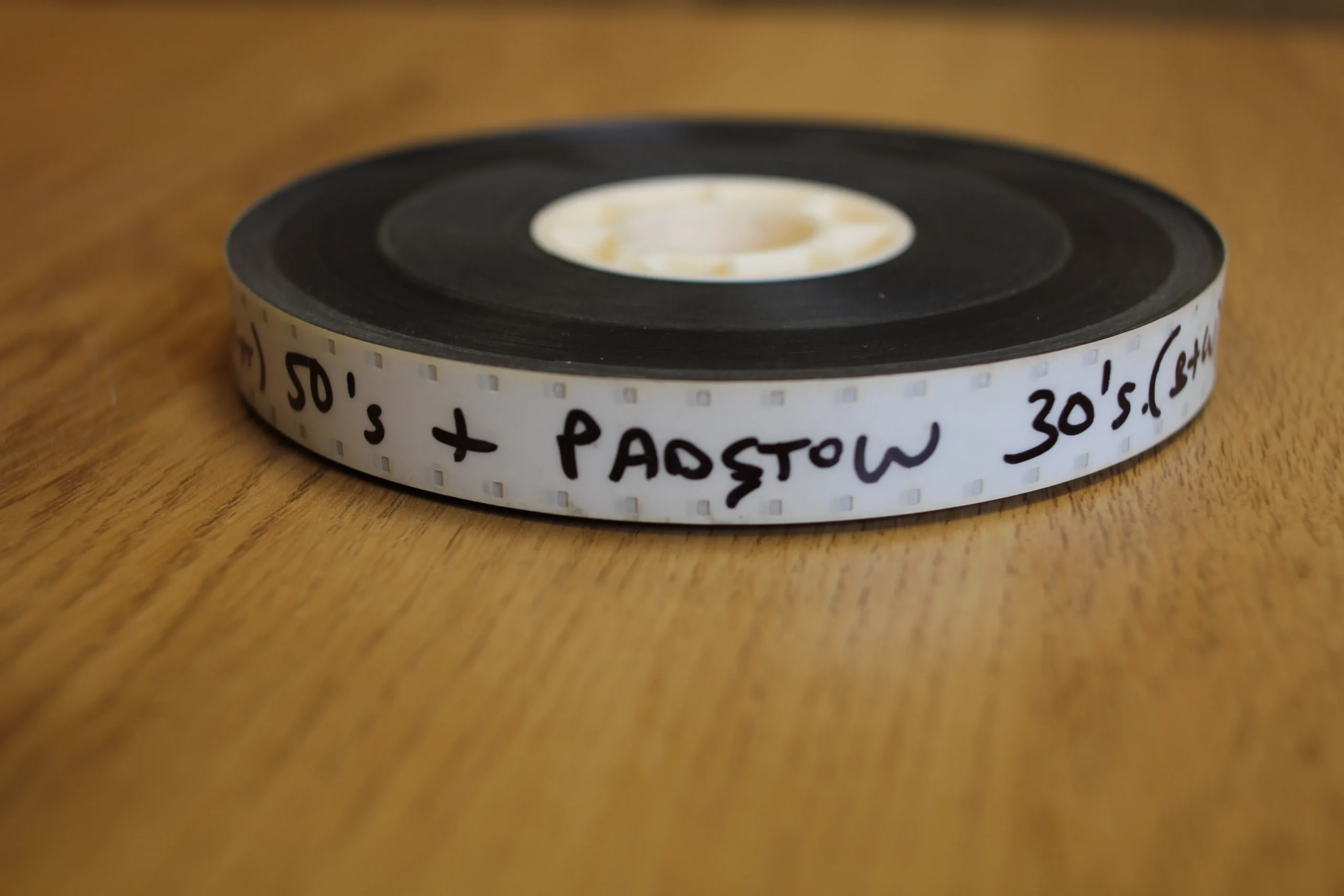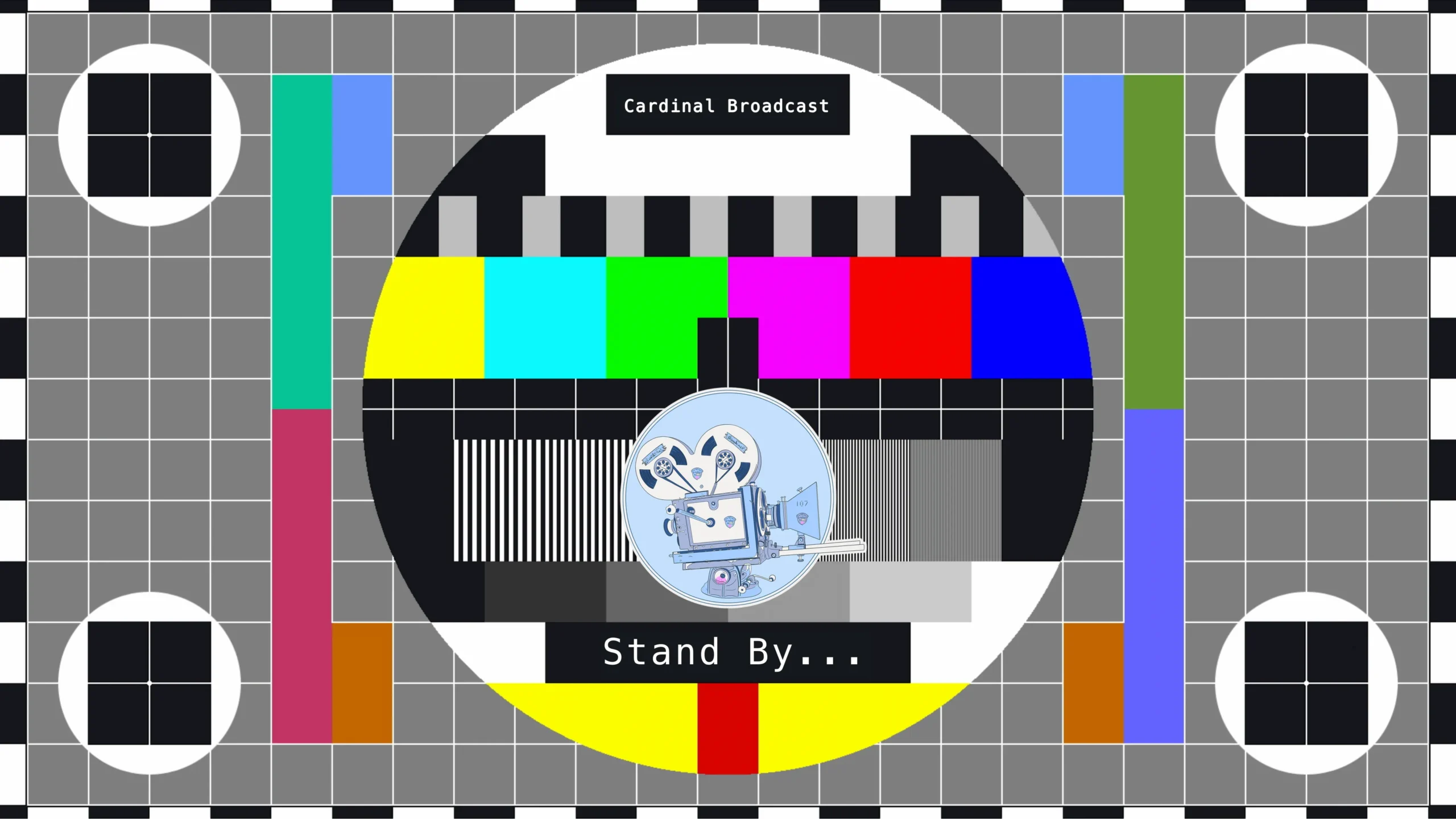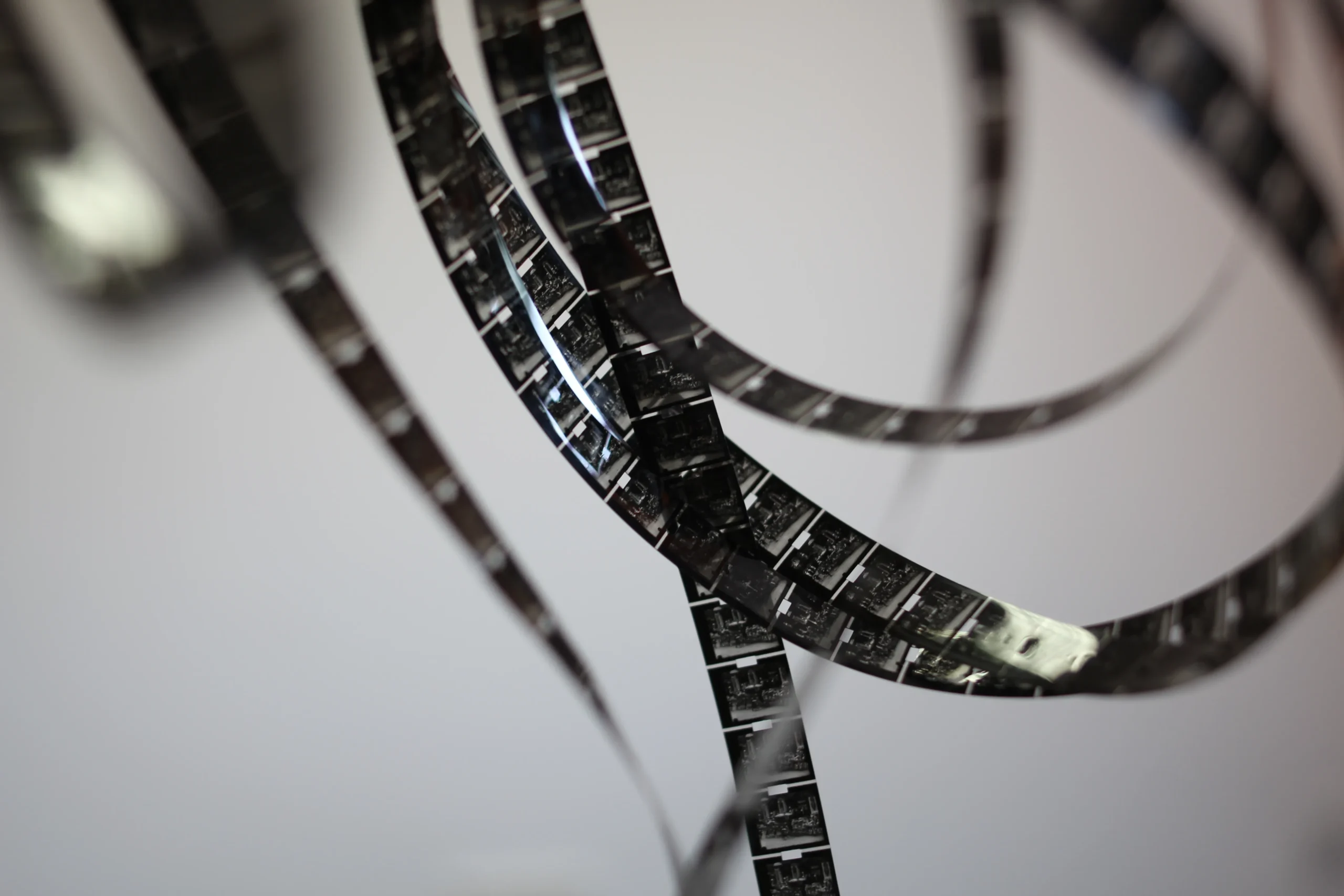Film-to-digital capture preserves analogue memories, converting film reels into modern digital formats, ensuring lasting accessibility and enjoyment.
The best way to watch a film of course is on the silver screen but there are many reasons to transfer film to a digital format.
You can have a cheap scan or a proper scan.

It is a process that is a lot more complex than might be imagined. For example, film speeds will vary. How best to convert 16 frames per second to 25 frames per second for TV and computer use? The look of the image, sometimes referred to as the dynamic range, is something you will want to preserve. What about the audio? What about the physical condition of the film? These are just a few of the source factors to have in mind.
Then, there are considerations about the technology to use, but the critical issue is what the finished product looks like. We have researched the matter and found that acquiring the Muller Scanner is a great decision. Let me tell you more about that because we have been delighted with the results.
I want to think that our technical knowledge, skill and obsession with getting the absolute best result have a significant part to play.

We check the film physically; it is then scanned, and a digital file is produced. The settings for the scan are critically important, and this is where experience counts. There are many digital formats, and we will discuss this with you. In general, we recommend uncompressed formats at this stage. Scanning is not something that you lace up and walk away from. We will oversee your film and, if necessary, re-set the scanning settings scene by scene.
We run the uncompressed digital scans through image stabilisation, dirt removal and, if required, further image enhancements. We ensure the software is used wisely to get the very best from your film.

If your 16mm film has audio, we use a high-end replayer configured to get the perfect output from an optical or magnetic audio track. It has been specially built for us. By working this way, we don’t have to compromise with your film when scanning. Sound can be a challenge, but we have never been defeated. Several machines can playback 8mm and Super 8mm audio. Remarkably, some 9.5mm film had an optical audio track, and we are rather proud that we can restore this as well. As far as we know, we are the only facility in the UK to offer this service. The audio is delivered on a separate digital file for you.
It may be that now we hand the project back to you, and by convention, we talk about this being the scanning and restoration stage.
You will likely want to work more on your film, including colour grading and fine-tuning some of the audio. We now make digital files suitable for editing. We would love to do this for you, and we think we are good at it.
There are many delivery formats, and every job is different. However, at each stage, the project is saved so that, in the future, you will be ready for the unforeseen.
Our machines are maintained in first-class working order, at times, it seems to me, regardless of cost.

Our scanner was built to our specifications to ensure the very best results. It has a High-resolution scan area and an adjustable LED light source. There is complete control over the RGB Level and general exposure at the source. Knowing how to adjust it along with the camera settings is also essential.
The camera is capable of delivering 2K and HD scans. It has 36-bit RGB colour output with 8, 10 or 12-bit output per channel.
It is essential to remember that any editing format will add compression and data loss in some form. Everybody has preferences for which file format to use for capture and editing. What should work in theory can differ significantly from what works in practice. We find that running uncompressed AVI files works well in our system. However, The Film Room can produce Quicktime and a wide variety of other formats along with .dpx files at 10-bit and image sequence files such as TIFFs. It depends on what you need in the end. There are technical questions, of course, about how much information is resolvable beyond 2k because of the grain size of the film stock.
Digital cameras can offer area images or linear scans. Area image is best for film scanning. Ours is a high-resolution area image; it is best to scan with a variable capture rate, unlike telecine, committed to real-time.
Our machines are maintained in first-class working order, sometimes, it seems to me, regardless of cost.
We can scan all types of 16 mm film.
Black and white is as good as colour with our system. Have a look at the HD samples on our Vimeo home page and see what you think. We handle show prints, negative, inter-pos, and anything out of the ordinary; it is just not a problem for us. Format sizes include 16mm, 9.5mm and 8mm. Interestingly, we do have some domestic clients who want the very best transfer possible of their families’ golden memories and they are very pleased with the results and feel the extra cost is well worthwhile.

A real innovation with scanners is that the film transport is via a capstan drive with continuous movement of the film and sprocketless optical registration – that is now achieved by the laser triggering the image capture. Telecine can put huge tension on film and ‘kick’ on cut material. This does not happen with our scanner. In addition, if your film is shrunken and warped or with broken perforations we can scan it without further risk. The film travels over 4 soft rubber PTR rollers that absorb dirt and dust. We can also use a pre-wet gate system if your film has vertical scratches, although the restoration software is usually a better option.
Registration pin scanning is extremely beneficial where the camera originals were captured with such registration but the vast majority of 16mm. 9.5mm, or 8mm cameras never had pin registration resulting in the film having weave movement. In the past, no telecine or scanning registration would cure that, but we overscan the frame allowing the software to do the job of image stabilisation. This technique also works well for tape or butt edged cement splices.
You can opt for your digital files to be returned to you on platforms such as Bluray, LTO tape or hard drive. Our facilities meet the British FiIm Institute digital archiving standards and we are happy to explain these specifications to you as they provide a helpful baseline.
You can Contact us Via Email or Phone:
Mail: hello at cardinalbroadcast.co.uk
Robert: 07809 158965
Andrew: 07860 370879
If we cannot provide an immediate response, please email us.